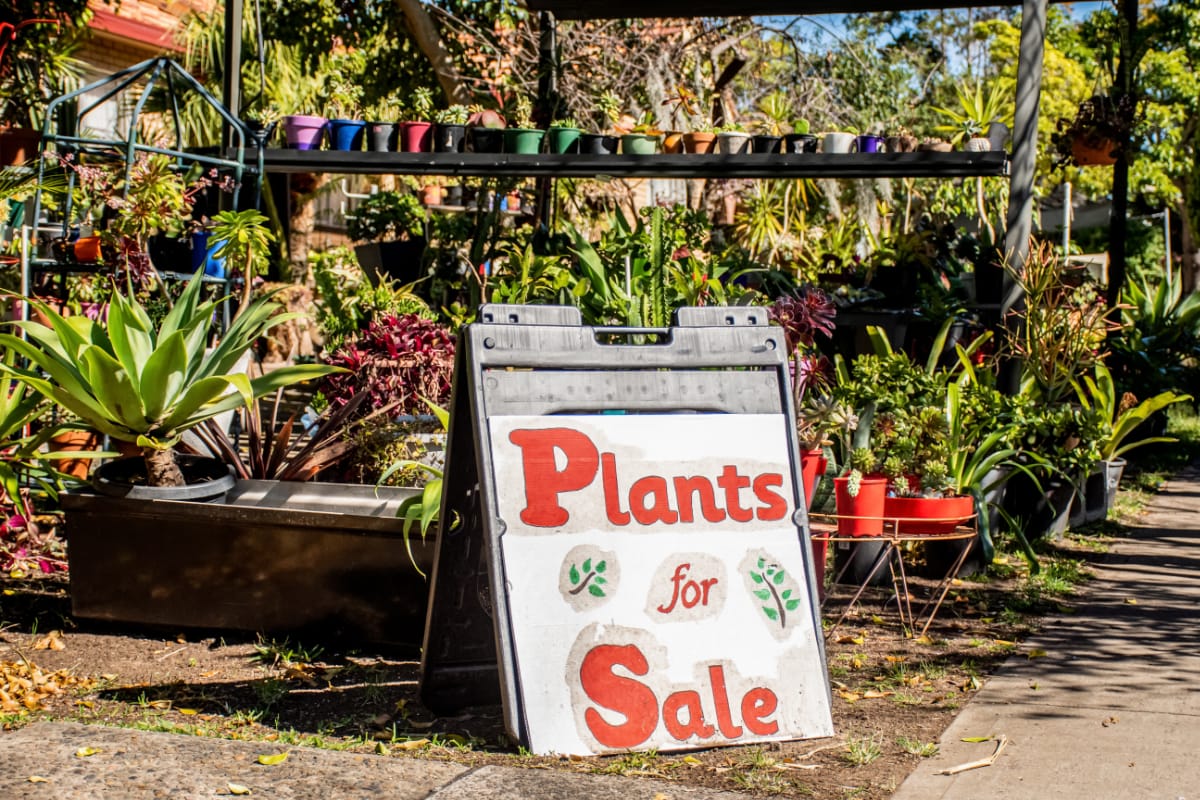A nine step pop-up shop checklist
by Christina

Launch Your Pop-Up Dream: A 9-Step Checklist for Success (and Online Growth!)
Want to make a memorable entrance into the market? Pop-up shops offer a dynamic, low-risk way to connect directly with your customers, test new products, and build brand buzz. We'll guide you through the essentials, and show you how to leverage this experience for lasting online growth.
1. Define Your Vision: Ideas and Goals That Resonate
Before anything else, clarify your "why." What do you want to achieve? Is it brand awareness? Product testing? Direct sales? Clearly defined goals will shape every decision.
- Target Audience: Who are you trying to reach? Understanding their needs and preferences will inform your product selection and overall experience.
- Unique Selling Proposition: What makes you pop-up stand out? Novelty, exclusivity, or a unique experience are key.
- Goal Setting: Set measurable goals. "Increase email sign-ups by 20%" or "gather feedback from 50 customers" are examples.
2. Secure Your Space: Location, Location, Location (and Online Visibility!)
The right location is paramount. Consider:
- Foot Traffic: High-traffic areas are a must.
- Accessibility: Ensure easy access for your target audience.
- Demographics: Does the location align with your ideal customer profile?
- Competition: Are there complementary businesses nearby?
Pro Tip: Your online location matters too! Our SEO expert can optimise your website to ensure customers find you online.
3. Design for Impact: Creating an Unforgettable Experience
Your pop-up is a physical representation of your brand.
- Branding: Incorporate your brand colours, logo, and messaging.
- Layout: Create a functional and inviting space.
- Visual Appeal: Use eye-catching displays and signage.
Pro Tip: A well-designed website complements your physical space. We can help you create a stunning online presence that reinforces your brand.
4. Tech and Utilities: Streamlining Operations
Ensure smooth transactions and customer interactions.
- Payment Systems: Choose reliable card readers (Square, Zettle, SumUP).
- Inventory Management: Track sales and stock levels.
- Utilities: Electricity, Wi-Fi, and other essentials.
5. Permits and Insurance: Protecting Your Business
Stay compliant and secure.
- Liability Insurance: Protect yourself from potential claims.
- Food Safety (if applicable): Register with local authorities.
- Licenses: Music and alcohol permits, if needed.
6. Staffing Your Pop-Up: Build Your Team
Whether it's friends, family, or hired staff, ensure you have reliable support.
- Training: Ensure everyone understands your products and brand.
- Customer Service: Friendly and helpful staff enhance the experience.
7. Attract Your Crowd: Marketing Magic
Drive traffic to your pop-up.
- Social Media: Create buzz with engaging content and behind-the-scenes glimpses.
- Local Partnerships: Collaborate with nearby businesses.
- Promotional Events: Launch with a bang and close with a flourish.
- Influencer Marketing: Partner with local influencers.
Pro Tip: A strong online presence amplifies your marketing efforts. Our SEO strategies can help you reach a wider audience.
8. Furniture and Display: Creating s Shop Space
Maximise your space and showcase your products effectively.
- Layout: Create a flow that encourages browsing.
- Displays: Use creative displays to highlight your products.
- Security: Position the till for optimal visibility.
9. Customer Connections: Feedback and Future Growth
Engage with customers and gather valuable insights.
- Conversations: Ask for feedback and listen actively.
- Surveys: Collect quantifiable data.
- Data Capture: Build your email list for future marketing.
Pro Tip: Convert pop-up visitors into loyal online customers. We can help you build a website that captures leads and drives sales.
Ready to turn your pop-up shop into a long-term success story?
Contact us today for a free consultation on how our website design and SEO services can help you maximise your online presence and build your brand. Let's make your pop-up dream a reality!


